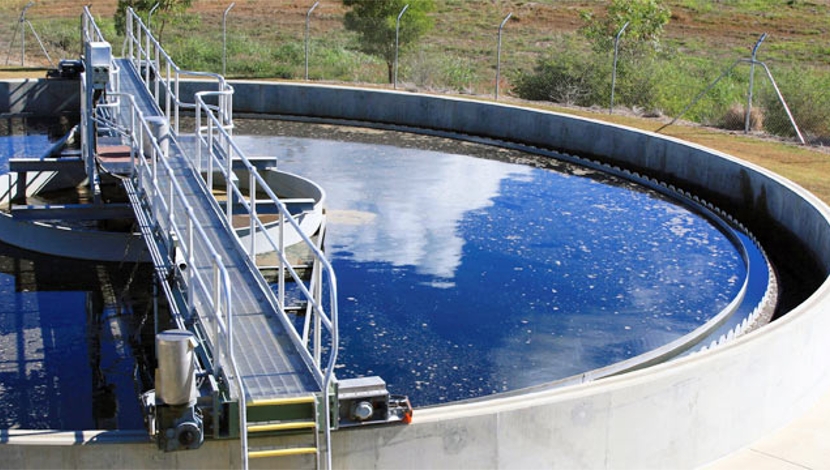
Real building trade indicators give only a limited indication of lifting activity levels, yet other circumstantial evidence and opinion surveys offer a stronger view.
There is a case to be made to go with the latter, and take actual physical evidence less seriously.
Building activity has been lifting for some time, with more to come in 2015, even if very gradual (atypical for the early stage of a building cycle revival, due mostly today to structural drawbacks), and led by residential activity as non-residential has lost some of its early vigour.
Any lift in real building activity, after six depression years since 2007, it hasn’t been very noticeable in residential square metres or buildings completed, where a sideways drift with a modestly rising bias has been the main impression.
The lifting building plans passed data appears to offer us the real current trend, while the trailing buildings completed (and square metres built) have some explaining to do.
Regarding real estate transactions, transfer fee collections have been rising quite significantly in the past two years, suggesting modest growth in property sales, especially in higher-priced residential areas.
On the non-residential front, the mostly private office and retail shopping space markets have had modest revivals since the 2009 recession, with ready finance available from institutional investors and individual investors wanting a presence in the property finance market.
By: Cees Bruggemans
http://www.bizcommunity.com/Article/196/360/123330.html





